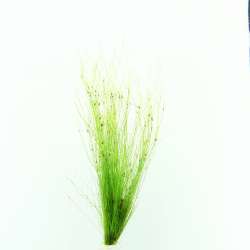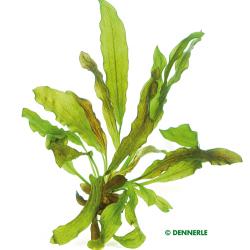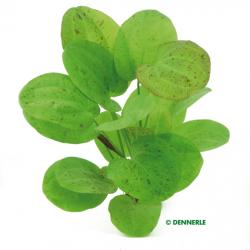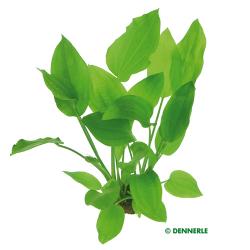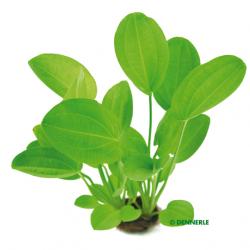Einfach

Egeria densa ‘Dense’
 Lighting
Lighting
 Color
Color
 Position
Position
 10 - 28 °C
Temperature
10 - 28 °C
Temperature
 CO2
CO2
 60 - 80 cm / schnell
Growth
60 - 80 cm / schnell
Growth
Family:
Hydrocharitaceae
Species:
Egeria
Type:
Stängelpflanze
The common name "waterweed" gives you some idea of the growth habits of this plant. Egeria densa is one of the best growers of all, and there are absolutely no issues with cultivation. Native to Southeast Brazil and Argentina, it has now spread across every continent. The "dense" variety displays extremely close, compact leaf growth along the stem. It also grows very well in garden ponds - either planted or floating - but is not completely winter-hardy.







